

Environmental Situation
The environmental situation of the District consists of the condition of the natural environment and of the built environment, as well as sites of aesthetic and historic importance. These impacts are greatly on the welfare of the people. The environment gives a physical manifestation of the current level of poverty and well being of the people. The environment gives a physical manifestation of the current level of poverty and well being of the people.
Conditions of the Natural Environment
Manya Krobo District is relatively flat to the southeast with isolated hills to the northwest. Landscape is generally undulating with several streams, most of which drain into the Volta Lake. Much of the northeastern boundaries of the District constitute the shores of the Volta Lake.
There are four forest reserves in the District. These are the Volta River Block I, Yongwa, Sapawa and the Aboden forest reserves. They occupy about 60 square km of land. Within the Yongwa forest, there is rare species of tree by the name of Talbotiella that attract scientistst to the area.
The relatively hilly nature of the upper part of the District, coupled with the intensive farming activities using traditional practices has led to severe erosion and deforestation. This in turn has become a threat to the District’s vegetation. The lower part of the District, which is relatively flat, suffers from flooding during the intensive rain.
Land degradation resulting from frequent bush fires is a common phenomenon in the District. Bush fires occur mostly during the dry season in the rural areas, whereas the District’s only fire station is located at Kpong in the South Eastern part of the District. Fire fighting programmes have to be community based to deal with the menace. Indiscriminate cutting of trees for charcoal burning, fuel wood and other purposes also degrade the forest,
Conditions of the Built Environment
Almost all the settlements in the District exhibit linear of nucleated settlement patterns. The major factors for this can be attributed to the “huza” system being practiced by the Krobos and the topography of the District. In the older parts of the comparatively urbanized settlement such as Odumase, Kpong, Asesewa and Akuse, conditions within the build environment are generally poor.
Traditional building materials such as stabilized earth, concrete, wattle and the daub, iron roofing sheets as well as glass were predominantly used. Drainage and garbage disposal are visible problems throughout the major towns. The rate of population growth and the rate of housing development have increased the urban sprawl and development control has virtually broken down.
In the more rural areas, particularly the upper parts of the District, settlements are dispersed within the landscape. The collection and disposal of refuse is a serious problem in the lower part of the District especially in the urban areas. Refuse is managed on site with disposal being done by raking and burning.
Most of the time, the rate of dumping exceeds the rate of disposal leading to huge mounds of refuse at the refuse sites. In the villages, the refuse is managed on a house-to-house basis. A similar problem also pertains to the management of human waste disposal. The unplanned nature of the areas, worsened by the lack of maintenance, has resulted in over crowding and decay.
The high growth in the urban areas is contributing to unplanned and haphazard development as the population migrates to the towns from the villages and more rural areas. However, in the new settlement areas such as VRA Township in Akuse where proper planning and zoning has been done, there are pleasant environmental conditions.
Erosion has been a major problem in the build environment. This can be attributed to the absence of an effective drainage system in the communities. Most of the houses or buildings have exposed foundations. Haphazard developments where structures have been put up without regard to a structural plan for the area have adversely affected the built environment.
There are many houses without access roads. Provisions of facilities like water and electricity have become a problem due to the unplanned development pattern of some areas. The District also is severely hampered in its development by the inadequate availability of telephones throughout the area, resulting as a reliance on inadequate telecommunication facilities.
Sites of Historic and Aesthetic Importance
Waterfalls with rich scenery are found at Akumersu (Aku Falls), Tsledom and Otrokper, which run mostly all year round. There are also the Plekumasi Ancient caves, which can be developed as tourist sites.
An eyebrow-raising cliff at Sutapong serves as a specimen of nature’s beauty and also provides a natural canopy for people to rest under. The Krobo Mountain, which is the ancestral home for Krobos is an important landmark that needs to be developed. The proposed old inland port at Amedika by GHA also needs to be encouraged.
Date Created : 11/26/2017 2:12:00 PM
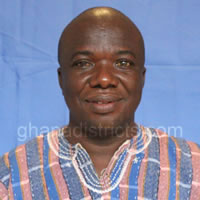




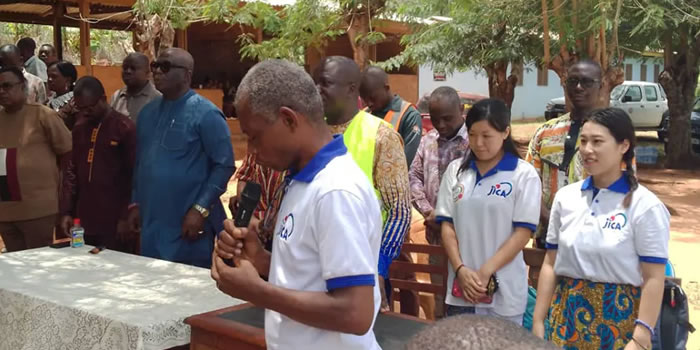
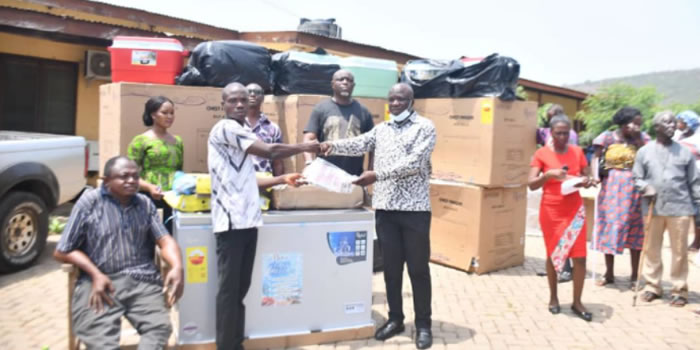

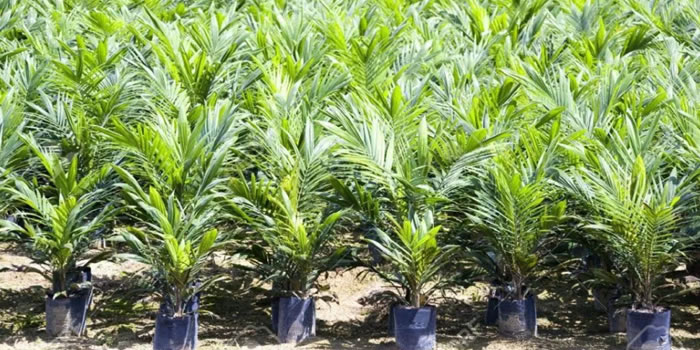
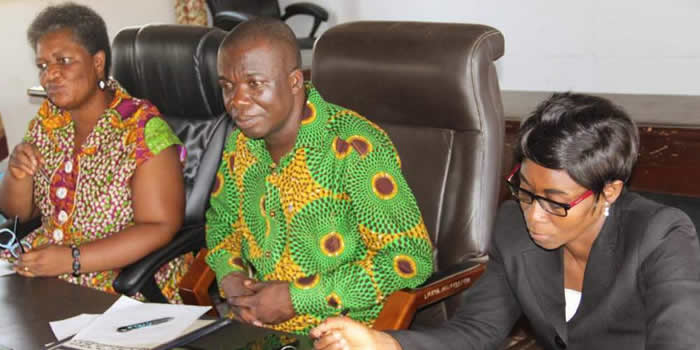


 facebook
facebook
 twitter
twitter
 Youtube
Youtube
 +233 593 831 280
+233 593 831 280 0800 430 430
0800 430 430 GPS: GE-231-4383
GPS: GE-231-4383 info@ghanadistricts.com
info@ghanadistricts.com Box GP1044, Accra, Ghana
Box GP1044, Accra, Ghana